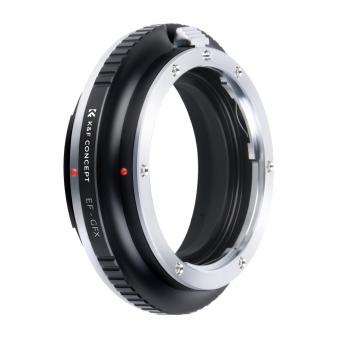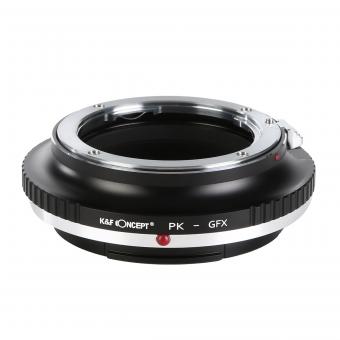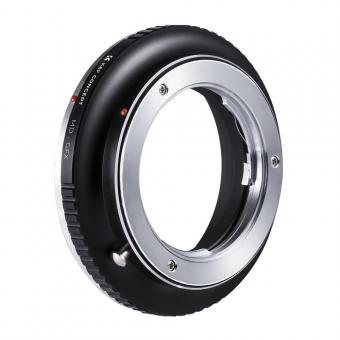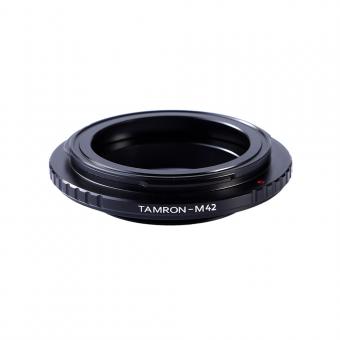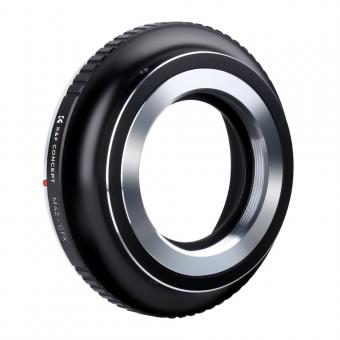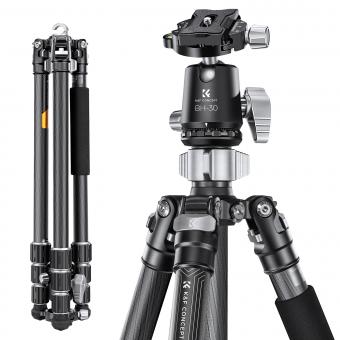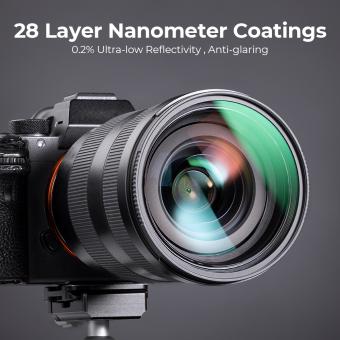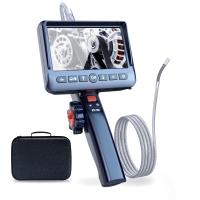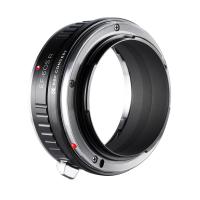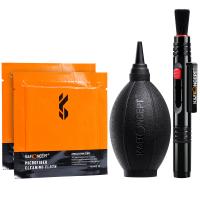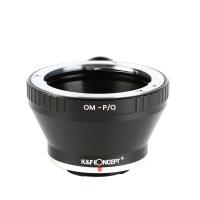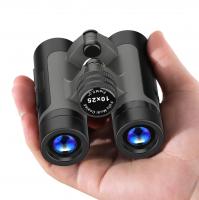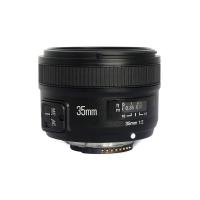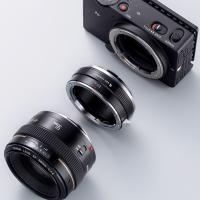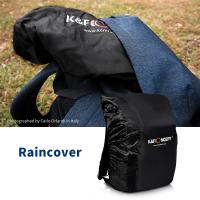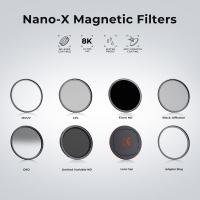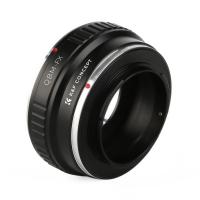Which Nd Filter To Choose ?
Choosing the right ND filter depends on the specific situation and the desired effect. ND filters come in different strengths, usually measured in stops, which determine how much light is blocked. A common choice is a 3-stop ND filter, which reduces the amount of light entering the lens by three stops, allowing for slower shutter speeds or wider apertures in bright conditions. However, for very bright conditions, a stronger ND filter may be necessary, such as a 6-stop or 10-stop filter. It's also important to consider the filter size, which should match the diameter of the lens being used. Additionally, some ND filters are designed to reduce color cast, which can be a consideration for landscape or architectural photography. Ultimately, the choice of ND filter will depend on the specific shooting conditions and desired outcome.
1、 ND filter basics
ND filters, or neutral density filters, are essential tools for photographers and videographers who want to control the amount of light that enters their camera lens. ND filters work by reducing the amount of light that enters the lens, allowing you to use slower shutter speeds or wider apertures without overexposing your image.
When choosing an ND filter, there are a few key factors to consider. The first is the strength of the filter, which is measured in stops. A one-stop ND filter reduces the amount of light entering the lens by half, while a two-stop filter reduces it by a quarter, and so on. The strength of the filter you choose will depend on the lighting conditions you're shooting in and the effect you want to achieve.
Another factor to consider is the type of ND filter you want to use. There are two main types of ND filters: screw-on filters and square filters. Screw-on filters are the most common type and are easy to use, but they can be limiting if you want to use multiple filters at once. Square filters, on the other hand, are more versatile and allow you to stack multiple filters together for greater control over your image.
Finally, you'll want to consider the quality of the ND filter you choose. Cheaper filters can introduce color casts or reduce image sharpness, so it's worth investing in a high-quality filter if you want to achieve the best possible results.
Which ND filter to choose?
The ND filter you choose will depend on the specific shooting conditions and the effect you want to achieve. For example, if you're shooting in bright sunlight and want to use a wide aperture for a shallow depth of field, you'll need a stronger ND filter to reduce the amount of light entering the lens. On the other hand, if you're shooting in low light conditions and want to use a slower shutter speed to capture motion blur, a weaker ND filter may be sufficient.
It's also worth considering the type of photography or videography you're doing. Landscape photographers, for example, may want to use a graduated ND filter to balance the exposure between the sky and the foreground, while portrait photographers may prefer a circular ND filter to achieve a shallow depth of field.
Ultimately, the best way to choose an ND filter is to experiment with different strengths and types to see what works best for your specific needs.
2、 Types of ND filters
1. Solid ND filters: These filters are the most common type of ND filters and come in different strengths, usually measured in stops. They reduce the amount of light entering the lens evenly across the entire image.
2. Graduated ND filters: These filters are used when there is a significant difference in brightness between the sky and the foreground. They have a gradient of darkness that gradually fades from the top to the bottom of the filter.
3. Variable ND filters: These filters allow you to adjust the strength of the ND effect by rotating the filter. They are convenient for situations where the light is constantly changing, such as during a sunset or sunrise.
4. Polarizing ND filters: These filters combine the effects of an ND filter and a polarizing filter. They reduce the amount of light entering the lens and also eliminate reflections and glare.
Which ND filter to choose:
The choice of ND filter depends on the situation and the effect you want to achieve. For general use, a solid ND filter with a strength of 3-6 stops is a good choice. If you are shooting landscapes with a bright sky, a graduated ND filter will help balance the exposure. For situations where the light is constantly changing, a variable ND filter is a convenient option. If you want to eliminate reflections and glare, a polarizing ND filter is the way to go.
It's important to note that the quality of the ND filter is also important. Cheaper filters may introduce color casts or reduce image sharpness. It's worth investing in a high-quality filter to ensure the best results. Additionally, some lenses may have different filter thread sizes, so make sure to check the size before purchasing a filter.
3、 ND filter strength and stops
Which ND filter to choose depends on the specific situation and desired effect. ND filter strength is measured in stops, which refers to the amount of light that is blocked from entering the camera. The higher the number of stops, the darker the filter and the more light it blocks.
For example, a 3-stop ND filter will reduce the amount of light entering the camera by three stops, allowing for longer shutter speeds or wider apertures in bright conditions. A 10-stop ND filter, on the other hand, will block out much more light, allowing for very long exposures even in bright daylight.
When choosing an ND filter, it's important to consider the specific shooting conditions and the desired effect. For landscape photography, a 3-stop or 6-stop ND filter may be sufficient to capture long exposures of waterfalls or clouds. For portrait photography, a 1-stop or 2-stop ND filter can be used to achieve a shallow depth of field in bright sunlight.
It's also important to consider the quality of the ND filter. Cheaper filters may introduce color casts or reduce image sharpness, while higher quality filters will maintain image quality and color accuracy.
In recent years, variable ND filters have become popular, allowing for adjustable levels of light reduction with a single filter. However, some photographers have raised concerns about the potential for image quality degradation with variable ND filters.
Ultimately, the choice of ND filter strength and type will depend on the specific shooting situation and personal preference.
4、 Choosing the right ND filter for your needs
Choosing the right ND filter for your needs is crucial to achieving the desired effect in your photography or videography. ND filters, or neutral density filters, are used to reduce the amount of light entering the camera lens without affecting the color or quality of the image. This allows for longer exposure times or wider apertures, which can create stunning effects such as motion blur or shallow depth of field.
When choosing an ND filter, the first consideration is the strength of the filter. ND filters come in different strengths, usually measured in stops. The higher the number of stops, the darker the filter and the more light it blocks. The strength of the filter you choose will depend on the lighting conditions and the effect you want to achieve.
Another consideration is the type of ND filter. There are two main types: screw-on filters and square filters. Screw-on filters are easier to use and more portable, while square filters offer more flexibility and can be used with different lenses.
Finally, it's important to consider the quality of the filter. Cheaper filters may produce color casts or reduce image sharpness, while higher quality filters will maintain the color and sharpness of the image.
In recent years, there has been a growing trend towards variable ND filters, which allow you to adjust the strength of the filter by rotating it. These filters offer greater flexibility and convenience, but may also produce some image quality issues.
Overall, choosing the right ND filter for your needs requires careful consideration of the strength, type, and quality of the filter. It's important to invest in a high-quality filter to ensure the best possible results in your photography or videography.





